W
wardell
Guest
Why is it some guys
Have a curved cock
Have a curved cock
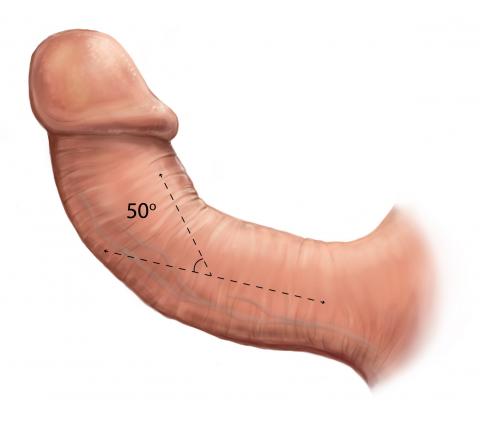
Is it normal to have a curved penis?
NHS UK
It’s common for the penis to curve slightly to the left or right when it’s erect. However, if you have a more significant bend in your penis, which may cause you pain or difficulty having sex, see your GP or go to your local genitourinary medicine (GUM) clinic. These can sometimes be symptoms of Peyronie’s disease.
What is Peyronie’s disease?
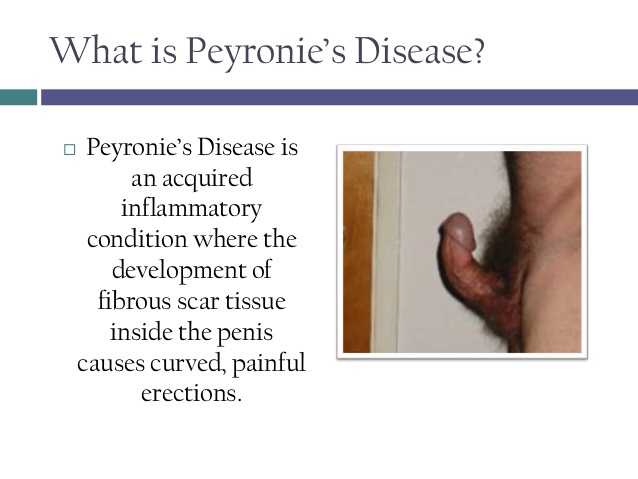
Peyronie's disease causes the penis to become curved when it’s erect. The condition mostly affects men over 40, although it can happen at any age.
What are the symptoms of Peyronie’s disease?
The symptoms of Peyronie’s disease include:
- a thickened area or hard lump (plaque) in the shaft of the penis (it's rare to get more than one plaque)
- a curve in the penis when it’s erect (usually it curves upwards)
- pain in the penis, usually during an erection (pain in the non-erect penis is rare)
- the penis looking misshapen, like an hourglass
- loss of length or girth of the penis
Some men with the condition get pain in their penis, while others get none. If you do get pain, it may get better over time. However, in severe cases, the curve in the penis can make having sex difficult, painful or even impossible. Peyronie’s disease may also lead to erectile dysfunction.
What causes Peyronie’s disease?
The cause of Peyronie's disease is not yet understood. It’s thought that the condition sometimes occurs after an injury to the penis when erect, such as being bent during sex. However, it can develop without any obvious cause. Peyronie's disease may run in families.
Non-surgical treatments for Peyronie’s disease
Many men don’t need treatment, as they don’t have pain or the condition doesn’t affect their sexual function. The condition can sometimes improve without treatment.
Various non-surgical treatments are available, including medicines and injections of steroids into the affected area. However, there is limited evidence of their effectiveness.
Guidance is available from the National Institute of Health and Care Excellence (NICE) on one treatment option: extracorporeal shockwave therapy (ESWT). This involves targeting soundwaves at the plaque, generally using an ultrasound scanner. The NICE guidance advises that, although ESWT is considered safe, there isn't enough evidence to prove it's effectiveness.
Surgical treatments for Peyronie’s disease
In severe cases, it may be possible to treat Peyronie’s disease with surgery. However, doctors recommend waiting at least 12 months before considering surgery, as the condition can improve in some men without treatment.
Surgery may involve:
- removing or cutting away the plaque and attaching a patch of skin or a vein to straighten the penis
- removing an area of the penis opposite the plaque to cancel out the bend (this can lead to a slight shortening of the penis)
- implanting a device to straighten the penis
[/url]
What should I do if I’m worried about my curved penis?
If you’re concerned about a lump or bend in your penis, or if it’s causing problems with sex, go to your GP or a local GUM clinic.
SOURCE
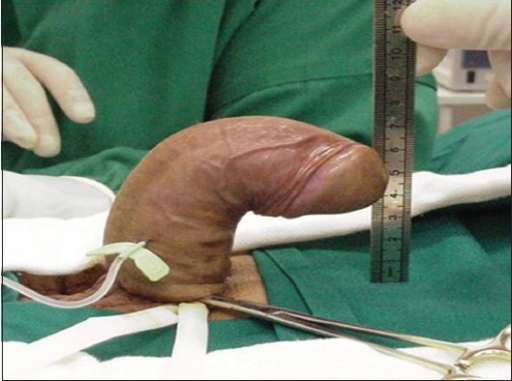
Bent penis
Causes
Mayo Clinic
By Mayo Clinic Staff
When you become sexually aroused, blood flows into sponge-like spaces inside your penis, expanding and stiffening it. A bent penis generally occurs when these spaces don't expand evenly. Most often, this is due to normal differences in penis anatomy, but sometimes scar tissue or another problem causes a bent penis and painful erections.
Possible underlying causes of a bent penis include:
- Normal differences in penis anatomy
- Autoimmune disorder
- Inherited fibrous tissue (collagen) abnormality
- Injury to the penis
- Peyronie's disease (a curved erection caused by one of a number of underlying conditions)
SOURCE
Do I have Peyronie’s disease?
peyroniesassociation org
If you notice a bend in your penis or begin experiencing painful erections, a lot of things go through your mind — questions about how and why this happened, and fears of how it will affect your sex life.
Knowing the symptoms of Peyronie’s disease and understanding what may be causing them may relieve some of that anxiety.
What Peyronie’s Disease Looks and Feels Like
For some men, Peyronie’s disease may appear quickly, seemingly overnight. For others, it develops gradually.
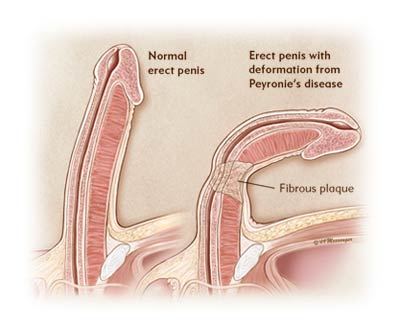
Common Signs and Symptoms
Plaque (or nodule)
A plaque (pronounced “plak”) is a thickened nodule or lump that develops under the skin of the penis shaft.
Plaques are caused by the build-up of excess collagen and development of scar tissue within the penis. These plaques are different from the plaque that may build up in blood vessels. (Learn how Peyronie’s disease occurs.) They can occur anywhere along the shaft of the penis but often appear on the upper side.
Many men can feel a plaque (or several) under the skin. How plaques feel may change over time — they may feel soft at first, and become firmer as they develop.
Because plaques are made up of scar tissue, they do not stretch like normal tissues in the penis and prevent the affected area from expanding properly during an erection. This leads to changes in the shape of the penis (also called penile deformity).
Penile deformity or shortening during erection
Changes in the shape of the penis may include curvature, indention, hourglass narrowing, or shortening.

The shape of the erect penis with Peyronie’s disease depends on the location and size of the plaque. The penis bends toward the side where the plaque is located. The most common curvature is upward (caused by a plaque on the top of the penis), but curvature downward or to the left or right also occurs. Some men with multiple plaques may have curvature in more than one direction.
Generally, the larger the plaque, the greater the degree of curvature. A small plaque may cause an indention rather than curvature. If plaques are present on opposite sides of the penis, hourglass narrowing occurs. Shortening may occur with or without curvature if the plaque is located farther within the penis; shortening may be noticeable with or without an erection.
Penile curvature and other deformities can make sexual intercourse (penetration) difficult or impossible. The greater the degree of curvature, the more likely it is to interfere with the ability to have intercourse. Indentations and hourglass deformities are less likely to interfere with intercourse but can cause penile instability, or buckling, during penetration.
Penile pain
Pain may occur with or without an erection.
More than half of men with Peyronie’s disease experience penile pain. For many, it is one of the first symptoms they notice.
Although pain usually occurs during an erection, it may also occur when the penis is flaccid due to inflammation in the area where the plaque is forming. Pain during an erection may be caused by tension on the plaque as the nearby tissues expand. Fortunately for most men, pain resolves within 12-18 months after it begins.
Erectile dysfunction
Peyronie’s disease can cause erectile dysfunction (ED).
It is estimated that over two thirds of men with Peyronie’s disease experience ED.
Although some men with Peyronie’s disease have medical conditions that may contribute to ED (such as high blood pressure, heart disease, and diabetes), there is little doubt that Peyronie’s disease itself can cause erection problems.
Penile curvature. Curvature may prevent intercourse or cause pain for the man’s partner. Combined curvature and shaft narrowing may lead to penile instability, even at maximum erection, and cause the penis to buckle.
Penile pain. Some men may avoid having an erection due to penile pain.
Anxiety. Anxiety about performance or the condition may prevent a man from having or sustaining an erection.
Physical changes inside the penis. The plaque may damage erectile tissues within the penis and prevent them from functioning properly. Erections may not occur or the penis may be less rigid beyond the plaque.
If you have been experiencing any of these signs or symptoms, discuss them with a physician experienced in diagnosing Peyronie’s disease.
Is it congenital penile curvature or Peyronie’s disease?
Part of diagnosing Peyronie’s disease may be ruling out other conditions, such as congenital curvature.
While congenital penile curvature also causes the penis to bend during an erection, it is not the same as Peyronie’s disease.
Peyronie’s disease is an acquired condition — that means that there was a time when the curvature or deformity was not present. Congenital penile curvature is a condition that has been present all of a man’s adult life.
Peyronie’s disease involves the buildup of scar tissue in the penis. Congenital penile curvature is caused by asymmetrical (or uneven) chambers within the penis.
The signs and symptoms of Peyronie’s disease may change over time, especially early on. Congenital penile curvature does not progress; it remains the same over time.
SOURCE
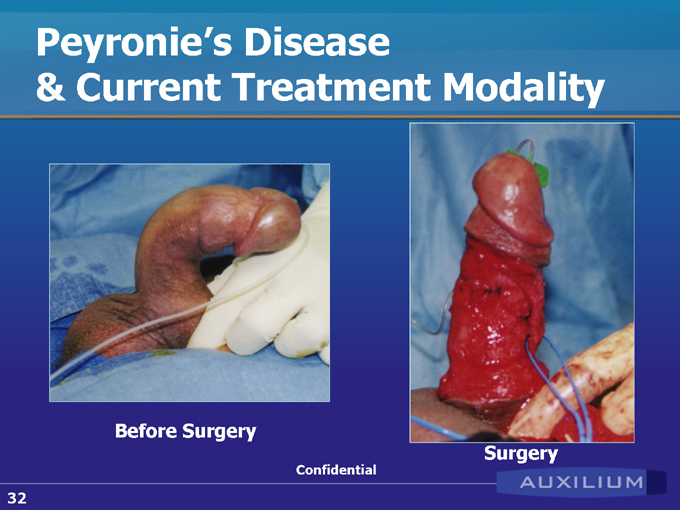
What is Congenital Penis Curvature (Chordee)?
sexualmed org
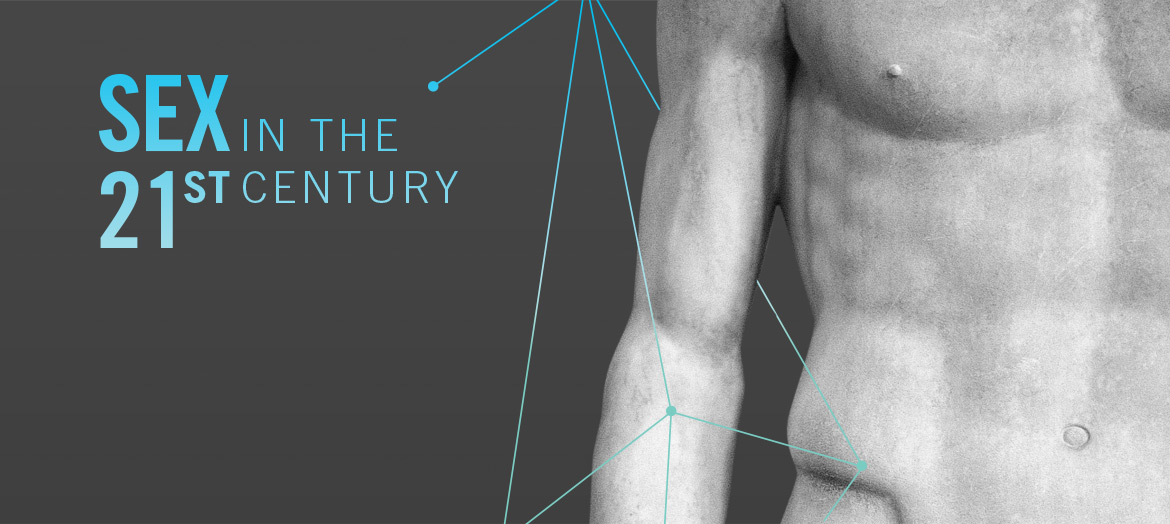
CONGENITAL PENILE CURVATURE (CHORDEE)
OVERVIEW:
Congenital penile curvature, or chordee, is defined as a congenital process which can be associated with hypospadias and is manifest by a curvature of the erect penis. This can be noted in the infant child, but may not be noted until the man becomes sexually mature and when he recognizes that there is a deformity of the penis in the erect state.
When young men present to the doctor for evaluation they are usually found to have long, elastic penises with ventral or downward curvature but dorsal/upward or lateral curvature may occur as well. Typically there is no palpable scar, no pain, no traumatic event that preceded the deformity, and rarely any associated indentation, shortening of the shaft, or other deformities of the penis. In the children who also have hypospadias and chordee this is typically associated with a ventral curve.
CAUSES:
The cause of chordee remains unknown, but it does appear that there is excessive elasticity on one aspect of the penis vs. the rest of the penis. So for example, in the man who has a ventral/downward curvature, there is more elasticity on the dorsal/top surface of the penis which expands more than the underside during erection, resulting in the downward curvature. This is different than the curvature associated with Peyronie’s disease, which may follow trauma during sexual activity, and is therefore an acquired scar of the tunica albuginea causing curvature, shortening, and indentation of the erect penis. Typically for the man with chordee there is no pain with erection, but there can be discomfort with intercourse because of the deformity for both patient and partner.
DIAGNOSTIC TESTS:
Evaluation of the man with chordee typically starts with a physical examination. The stretched length of the flaccid penis should be measured. Penile sensation can be assessed with biothesiometry, a test of vibration sensation, and if curvature needs to be assessed before initiating treatment, then a penile duplex ultrasound is performed, during which time an erection is induced by an injection of a vasodilating agent. This is typically done with a tiny, painless needle and the curvature then can be measured accurately with a goniometer or protractor.
TREATMENT:
Treatment is surgical. To date no non-surgical treatment including oral medications, injections or topical therapy have been used to correct congenital curvature/chordee. External penile traction therapy has been used successfully with some success for Peyronie’s disease to correct not only curvature, but may recover some lost length and improve indentation. This has not been tested yet in the congenital curvature/chordee population and it would seem intuitive that this technique would likely not work, as the tissues are not restricted by scar upon which the traction forces would be working as in the Peyronie’s patient.
A variety of surgical procedures have been used, but all essentially work on the principle of shortening the convex side to equal the concave aspect. The initial maneuvers are similar, usually by making a degloving cirferential incision proximal to the head of the penis. Historically a formal cir
cision was performed in those men who were uncir
cised, but recent evidence indicates that if there is no evidence of foreskin scarring or other irregularities of the foreskin then cir
cision is not necessary. Once the phallus is degloved, an artificial erection is created to identify the deformity, and then Buck’s Fascia is elevated over the opposite side of the curve to expose the tunic of the penis. A variety of plication or tucking procedures can be performed.
- Historically the first corrective operation is known as the Nesbit procedure that was developed in the 1960’s and remains popular today. In this procedure a portion of the tunica albuginea is excised so as to shorten the convex side.
- The Yachia procedure is performed by making a full thickness vertical incision on the area opposite to the curvature, and then it is closed transversely, thereby shortening the convex side. This procedure may worsen underlying shaft narrowing and therefore tends to be less desirable in the Peyronie’s patient than in the chordee patient.
- The Essed-Schroeder procedure is performed without incisions but instead shortens the convex side by applying sutures to “reef up,” or tuck, the tissue.
- A more recent form of non-incision plication is the so-called “16 dot procedure” which uses permanent suture to reef or tuck the tissue. This procedure can be done under local anesthesia and has a high rate of success, but significant shaft shortening has been noted. It also completely relies on permanent sutures for initial healing which can result in failure as well as more palpable knots which may disturb some men.
- The tunica albuginea plication (TAP) procedure is also used. This procedure was initially developed to correct pediatric chordee. Here a pair of partial transverse incisions through the superficial layer of the tunic is made. The tissues between two parallel incisions are brought together so as to shorten the convex side. This procedure can be performed with permanent or with absorbable sutures.
All of these procedures have a low risk of penile shortening, chronic postoperative pain, infection, bleeding, change in penile sensation, and erectile dysfunction. Clearly the primary advantage is that it can be done quickly, as an outpatient, with minimal blood loss and a high rate of penile straightening with a low rate of new erectile dysfunction.
The postoperative concern for loss of penile length following surgical straightening has gained a good deal of attention. A previously published study looking at the TAP procedure demonstrated that two factors predict the potential loss of functional shaft length. One is the direction of curvature. Men with ventral (downward) curvature will tend to have more loss of length than those with lateral or dorsal (upward) curvature. The second is degree of curvature. Men with greater than 60 degrees of curvature in any direction are apt to lose more length compared to those with less severe curves. Therefore preoperative counseling regarding loss of penile length is necessary prior to surgery. It should be remembered that this patient population tends to have longer, more elastic penises and therefore length loss tends to be less of a concern as compared to the Peyronie’s population.
Postoperatively external penile traction therapy may be offered to those men with chordee who are concerned about post-surgical loss of length. It also does appear to help the penis heal in the desired straight configuration much like a splint. Traction is typically recommended to begin 2-3 weeks after surgery when the wound is adequately healed and then daily application of the device is recommended for 4-6 hours for 3 months.
SOURCE

The shaft of the penis is actually made of three different chambers: one called the corpus spongiosum and two called the corpora cavernosa.
If one of those chambers is longer than the others, it ends up curved. If the corpus spongiosum is longer than the corpora cavernosa, he’ll point up and if it’s shorter than the corpora cavernosa, he’ll point down Ditto right and left, and the greater the difference the greater the curve.
Less
Bent penis
Causes
Mayo Clinic
By Mayo Clinic Staff
When you become sexually aroused, blood flows into sponge-like spaces inside your penis, expanding and stiffening it. A bent penis generally occurs when these spaces don't expand evenly. Most often, this is due to normal differences in penis anatomy, but sometimes scar tissue or another problem causes a bent penis and painful erections.
Possible underlying causes of a bent penis include:
- Normal differences in penis anatomy
- Autoimmune disorder
- Inherited fibrous tissue (collagen) abnormality
- Injury to the penis
- Peyronie's disease (a curved erection caused by one of a number of underlying conditions)
SOURCE
Why is it some guys
Have a curved cock
No mines not. it's the only thing about me that's straight lol
